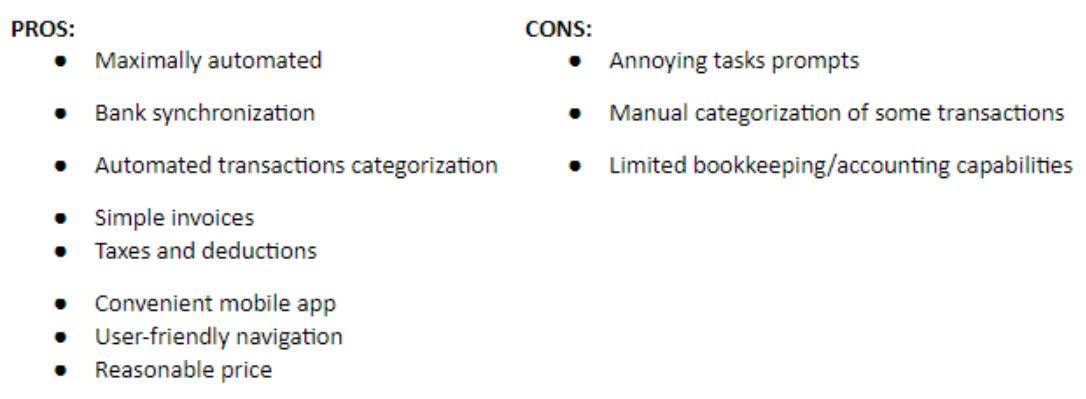
This is posted to the Common https://www.bookstime.com/ Stock T-account on the credit side (right side). On January 3, there was a debit balance of $20,000 in the Cash account. Since both are on the debit side, they will be added together to get a balance on $24,000 (as is seen in the balance column on the January 9 row).

What is a sales revenue journal entry in accounting?
Sage 50cloud Accounting offers plans suitable for one-person offices as well as businesses that require multi-user capability, with the Quantum edition supporting up to 40 users. In the above example, we assume the basis value of goods is $1,000. Therefore, we have charged 10% of tax on that value, which ABC Inc will collect from XYZ Inc and pay to the government, and ABC Inc can take input https://www.instagram.com/bookstime_inc credit of the same amount and claim a refund from the government. Apple Inc gives cash discounts or early payment discounts. In the above example, Apple Inc is offering a 10% discount if John Electronics makes the payment on or before January 10, 2018. Accordingly, John Electronics made the payment on January 10, 2018.
How to prepare journal entries for your small business
A description field and a memo field are available to detail what the entry is for. The first step in preparing journal entries for your business is to determine exactly what transaction needs to be entered. For depreciation expense, depreciation expense is debited, and the accumulated depreciation account is credited. If such provisions are found, the doubtful accounts are debited, and the account receivable is credited.
Are sales returns and allowances an expense?
- Actually, we simply transferred the amount from receivable to cash in the above entry.
- Here are some common types of ledgers and when to use them.
- This entry is crucial for capturing the essence of business transactions related to sales within a specific accounting period, reflecting the company’s operational success and its ability to generate earnings.
- Note there is a single column for both the debit to Accounts Receivable and the credit to Sales, although we need to post to both Accounts Receivable and Sales at the end of each month.
- In the case of certain types of accounting errors, it becomes necessary to go back to the general ledger and dig into the detail of each recorded transaction to locate the issue.
The income summary account then transfers the net balance of all the temporary accounts to retained earnings, which is a permanent account on the balance sheet. As mentioned, temporary accounts in the general ledger consist of income statement accounts such as sales or expense accounts. When the income statement is published at the end of the year, the balances of these accounts are transferred to the income summary, which is also a temporary account. It’s important to know how to create a proper journal entry, or general entry for your business. Accounting journal entries always follow the double-entry accounting method, with each journal entry always having a debit entry and a credit entry. An example of a journal entry includes the purchase of machinery by the country where the machinery account will be debited, and the cash account will be credited.

Recording Journal Entries for Goods

No matter the size of a company and no matter the product a company sells, the fundamental accounting entries remain the same. We will decrease Cash since the company paid Mr. Gray $7,000. And, we will record sales journal withdrawals by debiting the withdrawal account – Mr. Gray, Drawings. Without creating an update to accounts, your general ledger will be off. This can affect all of your accounting records moving forward.
In this transaction, the services have been fully rendered (meaning, we made an income; we just haven’t collected it yet.) Hence, we record an increase in income and an increase in a receivable account. The company received supplies thus we will record a debit to increase supplies. By the terms “on account”, it means that the amount has not yet been paid; and so, it is recorded as a liability of the company.
